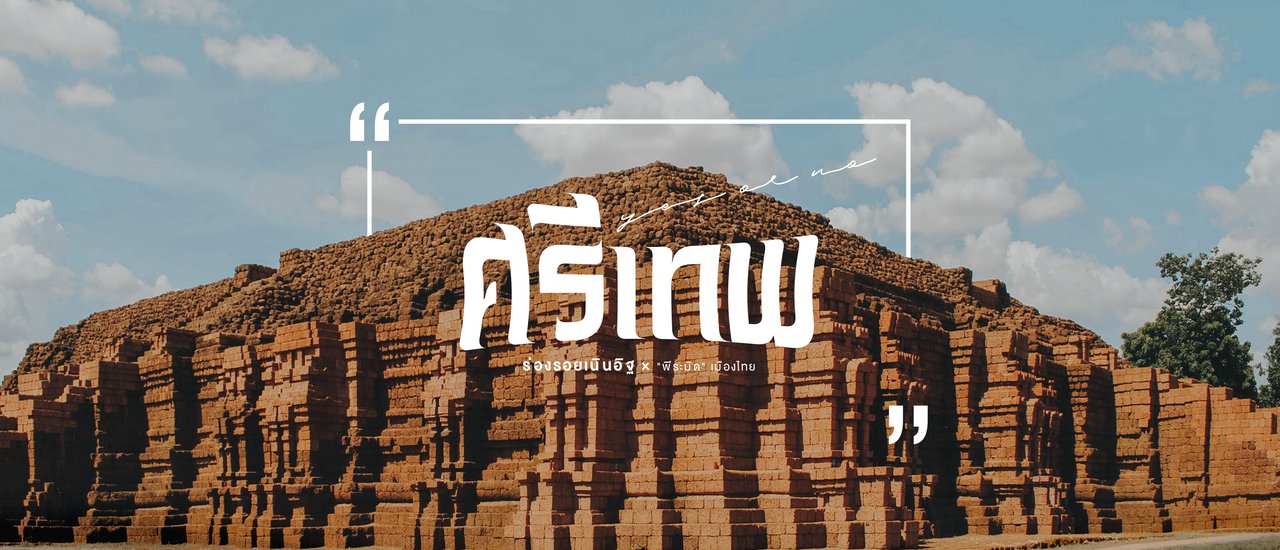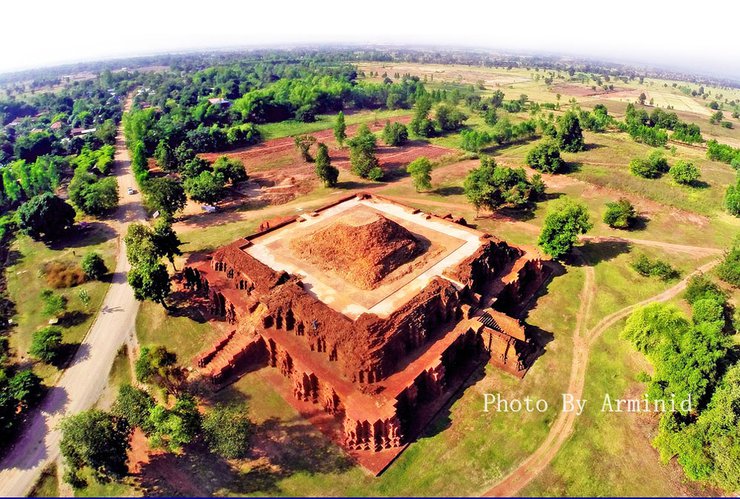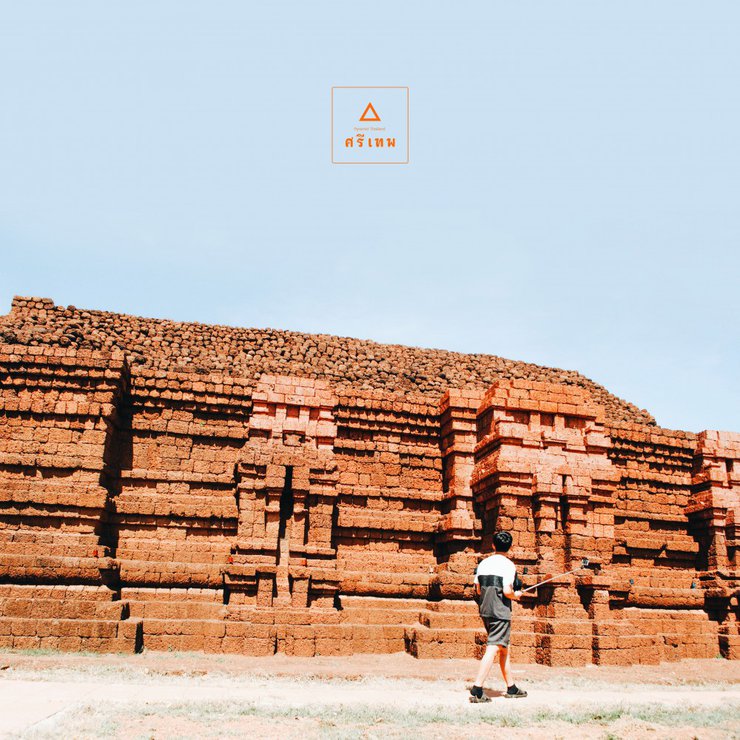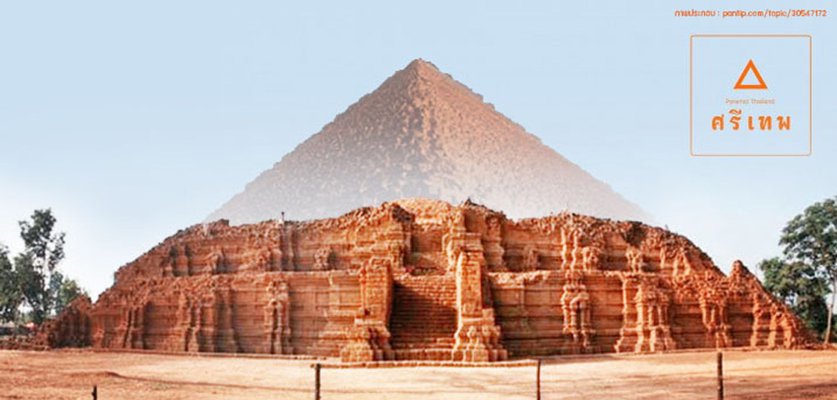The only "pyramid" outside the treasury in Thailand.
The Hidden Pyramid of Thailand: Khao Klang Nok
While Ayutthaya and Sukhothai are renowned historical destinations in Thailand, few know of a hidden gem: Khao Klang Nok, the country's only "pyramid." This unique site offers a glimpse into Thailand's lesser-known history and challenges traditional perceptions of Southeast Asian architecture.

Who says Thailand doesn't have pyramids?
Thailand boasts numerous tourist destinations that bear a striking resemblance to foreign locales. These include Mount Fuji in Loei Province, the Grand Canyon in Chiang Mai Province, and Guilin in Surat Thani Province, among others. These attractions captivate visitors with their enchanting allure.
In recent years, Thailand has been astonished by the discovery of the ancient "Khao Klang Nok" site in Phetchabun province. This site bears a striking resemblance to the pyramids of Egypt, leading some to believe it is the "Great Pyramid of Thailand."




The recently discovered and restored Khao Klang Nok, or Thai Pyramid, is located north of the Si Thep Historical Park. Completed in 2012, this new tourist attraction in Phetchabun province remains largely unknown. Despite its obscurity, Khao Klang Nok offers an intriguing experience comparable to other popular destinations in the region.

Khao Klang Nok is a large religious site dating back to the Dvaravati period (13th-14th centuries CE). It is believed to have been a large stupa with a square base constructed from laterite bricks. The structure remains relatively intact and features access points on all four sides. Khao Klang Nok is considered the largest and most well-preserved religious site of its time.









The Base of the Great Stupa of Khao Klang Nok
The base of the Great Stupa of Khao Klang Nok is made of two layers of laterite, approximately 5 meters high. No traces of stucco decoration have been found, unlike at Khao Klang Nai. The upper layer serves as a "pradakshina" platform (for circumambulation rituals) and has another layer of brickwork supporting the stupa's spire, making a total of three layers. There are staircases leading to the top on all four sides. The sides of the staircases have walls that support the roof structure. At the entrance of each staircase, there are bases for sculptures that appear to be a pair of lions. The bases have curved moldings resembling Greek-Roman art. The uppermost pradakshina platform on each side has a "vaulted archway" surrounded by a wall. At the corners of the wall, laterite is used as a base to support small decorative stupas.



Khao Khlang Nok is located in Si Thep Subdistrict, Si Thep District, Phetchabun Province.
It is located approximately 2 kilometers from Si Thep Historical Park, 240 kilometers from Bangkok, and 120 kilometers from Phetchabun city center.

Travel
From Bangkok, take Highway 21 towards Saraburi and Lom Sak. Once you enter Phetchabun province, continue for a short distance and turn right onto Highway 2211. Follow this road for approximately 10 kilometers and turn left (there will be a sign). Before turning left, take a small road again. Drive past the villagers' houses for a while, and Khao Khlang Nok will majestically appear before you.
Apologies for any errors. Credit: Some sections and images are from
http://pantip.com/topic/30547172
http://www.oknation.net/blog/voranai/2009/09/25/entry-1
The provided text contains a hyperlink to a forum discussion on SkyscraperCity.com. The specific post being referenced is identified by its unique ID: 109944403.
Note: The translation focuses solely on the hyperlink and its context, adhering to the specified instructions.
A link to a Facebook post by Silpakorn University.
Sincerely,

Watchris Sriacsorn (T)
Creative Planning and Content Editor × 1900miles
E-mail : [email protected]
Facebook : 1900miles ™
Please Translate:
𝗠𝗼𝗿𝗲 𝗧𝗵𝗮𝗻 𝗠𝗶𝗹𝗲𝘀
Wednesday, February 26, 2025 6:23 PM
















